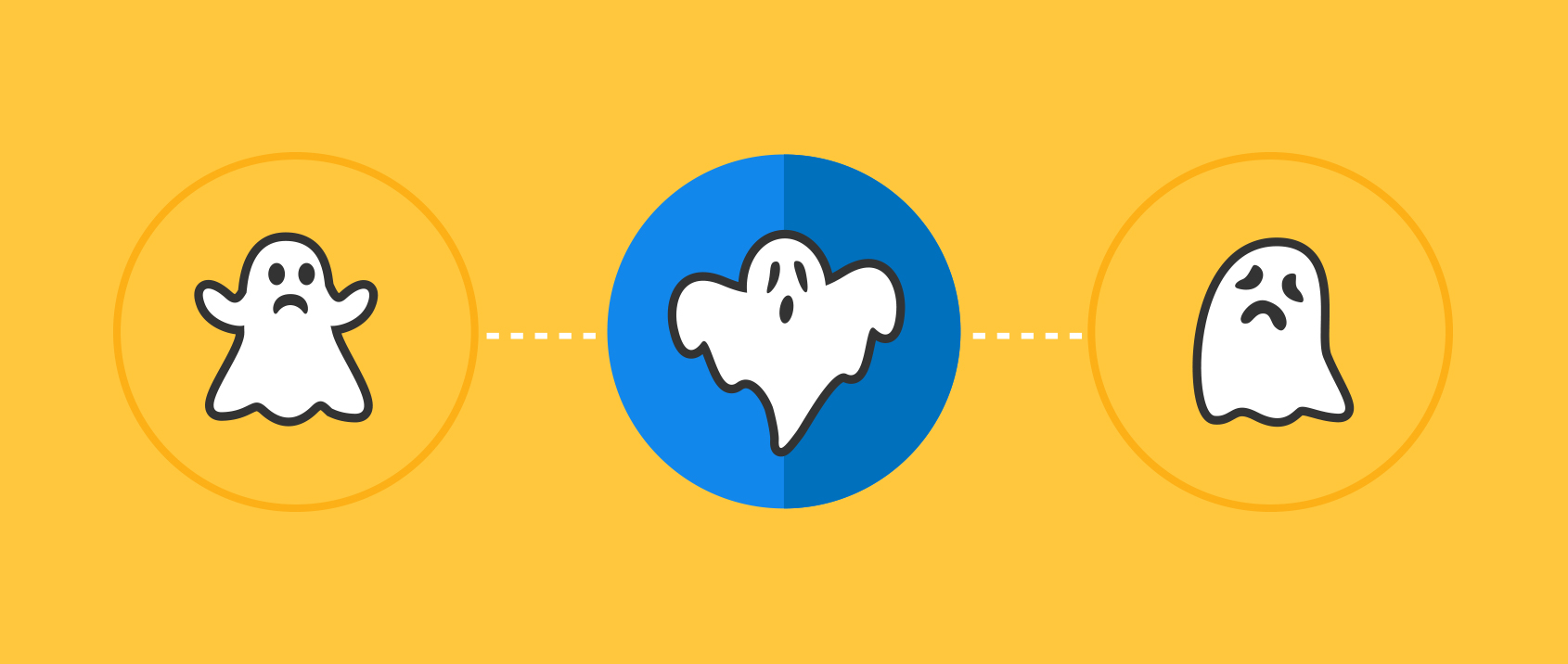
In today’s highly digital and connected workplace, it’s common to find a company intranet inside most medium and large organizations. It’s rare, however, to hear someone raving about how awesome and useful their intranet is. That’s because traditional intranets are cluttered, disorganized, difficult to manage, and severely outdated, which results in lack of adoption and purpose.
Attempts to mandate its use for storing and sharing company information and documents are thwarted by the growing use of unsanctioned productivity tools. Employees continue to share information using non-approved apps because they’re familiar, efficient, and easy to use – unlike their intranet.
The company intranet is not dead
We recently asked 2,000 employees working at medium-sized and large organizations about their company intranet. 80% said their company has an intranet, and that it’s a tool they rely on regularly. 81% said that they had used their company’s intranet within the past week, an increase from the 75% that was report from our 2018 study.
These results tell us that most employees know what the intranet is for. In fact, when asked about their purpose, they reported that “intranets are used primarily for communication, collaboration, and information sharing.”
But here’s the interesting part: even though 81% use it on a weekly basis, employees still face many struggles when using it. For example, our findings indicated that only 29% of employees new how to submit an idea, just 30% knew how to request resources from another team using their intranet, barely one in four employees new where to find their corporate brochure, and only half of employees knew how to submit an IT request or book a vacation! These are basic requests and this underperformance in employees’ ability to leverage their existing intranet shows a clear disconnect between an organization’s intentions for its intranet technology vs. the results it actually delivers.
… But it’s not alive and well
Sure, some organizations are winning at the intranet game, by turning to cutting-edge digital workplace technology and dedicated resources allotted to digital transformation projects. And they’re reaping some noteworthy business benefits as a result. Yet a vast majority of companies continue to rely on out-of-date and ineffective traditional intranets.
Let’s consider some of the downsides of sticking with your traditional intranet.
Downside #1: They’re hard to use.
There’s important information stored within traditional intranets, but employees don’t know where to find it or how to use it. In fact, 43% of employees have avoided sharing a document with a colleague because they couldn’t find it or believed it would take too long to find. Many intranets rely on complex, siloed repositories of information that make search and knowledge-sharing a hassle.
Downside 2: They’re limited in capability.
Traditional intranets offer limited capabilities, so they can never be a one-stop-shop for everything. By relying on this approach, you’ll always need other apps to support the various tasks and workflows that exist inside the organization. Maybe employees are able to book vacation days, but they can’t share that information with their team. Or they can access training resources, but are unable to connect with other new hires.
Downside 3: They take up space.
It’s collecting dust, but you’re still investing in it. When you have a traditional intranet, it’s easy to stop looking for alternative solutions that offer improvements. Just because it’s there, doesn’t mean it’s working. If it’s not adding value, make room for other solutions. Don’t treat legacy intranets as immovable objects – as with any technology, they should morph and scale as the business grows and requirements evolve.
Bring your intranet back to life
Don’t be discouraged for all is not lost. Just because intranets may come with some baggage, that doesn’t mean they’re the wrong tool to help solve your communication, collaboration, knowledge management, and culture challenges.
Breathe some life back into your company intranet by prioritizing these three exercises:
1. Examination
Take a close look to see if your current intranet is meeting its objectives – is there ROI? How does it improve or worsen the employee experience? How does it reduce or increase workflow hurdles? What are your biggest business challenges? Can your current intranet address these challenges?
2. Exploration
Investigate all available intranet, next-gen intranet, or digital workplace solutions that can address your organization’s requirements and offer additional functionality such as social, mobile, search, and more. What would your ideal intranet look like? Gather input from people at all levels of the organization about how a more modern intranet could help them work better, smarter, and faster.
3. Education
Once you’ve chosen a new intranet solution, tell people what’s on it and what it can do for them. Centralize all communications there and try to shut down alternatives, so that employees don’t continue wading through group emails or searching in online file-sharing sites for vital information. Show them how to find everything – and everyone – in one place.
Give them a solution that aligns with their needs and business objectives
Imagine if your intranet made work easier and more enjoyable for employees. Instead of complaining, they’d be proud of it and eager to share it with new recruits. With a next-gen intranet, employees have a single corporate digital destination they can easily access that houses the information needed to support and facilitate their work. The digital workplace becomes the destination for all employee needs; the place they go to start their day and come back to throughout the day to get their work done.
By replacing your old intranet with a digital workplace solution that offers modern features and functionality, you’re demonstrating to employees that you’re invested in their experience and want to help them get their jobs done. Put the information and resources they need in a single digital destination that makes it easy, effortless, and even enjoyable to find, use, and share.
Learn more about today’s digital workplace trends
We recently released our second State of the Digital Workplace Report, which identifies prevailing workplace challenges facing many organizations and offers innovative solutions that focus on digital tools and transformation.
Learn about our other key findings by downloading the full report.




